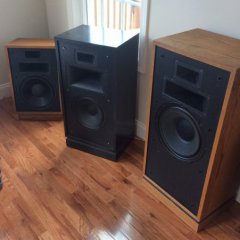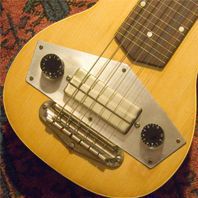-
Featured Topics
-
- 12 replies
- 3817 views
-
La Scala AL6 Giveaway-Spring Klipsch Museum Visitor Center Fundraising Campaign 1 2
By Travis In Austin, in Klipsch Museum: News & Announcements
- 39 replies
- 5424 views
-
- 2 replies
- 565 views
-
Klipsch Support Re: Heritage Crossover (pardonne-moi - crossover/balancing networks)
By Travis In Austin, in Technical/Restorations
- 1 reply
- 2757 views
-





.thumb.jpg.099887611a5004cbabdbaa71e611aee6.jpg)
